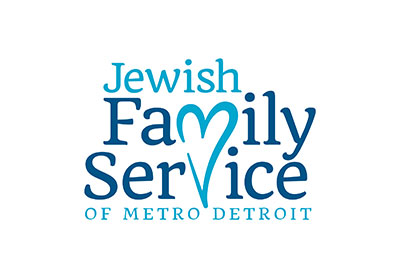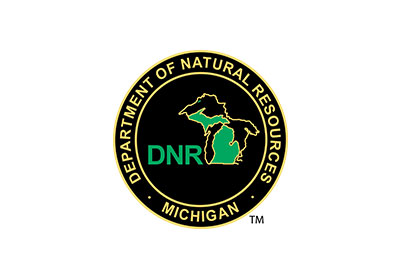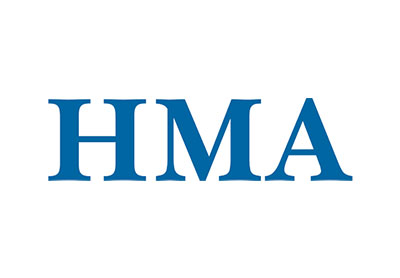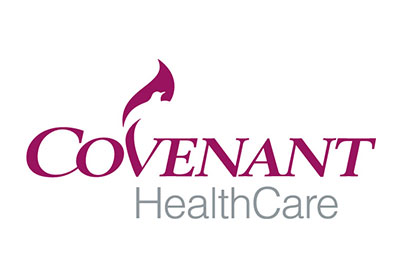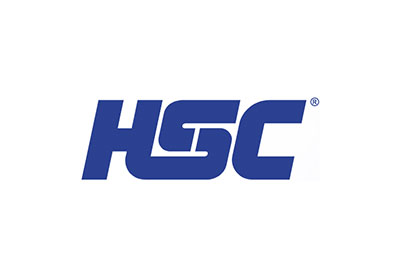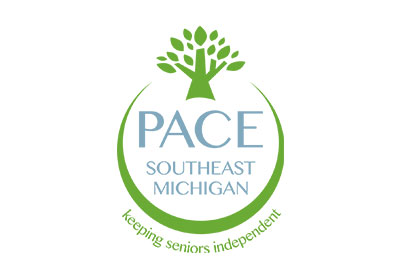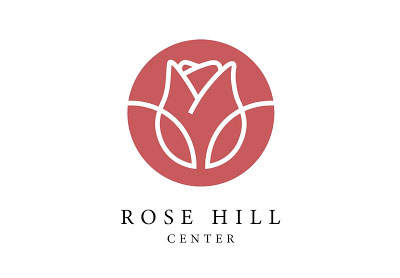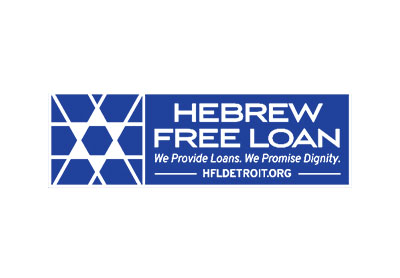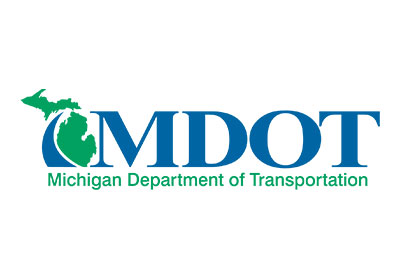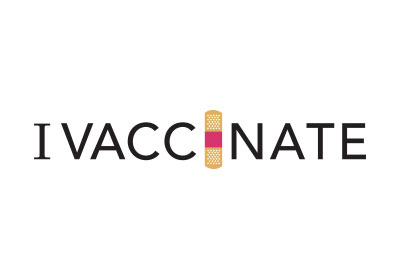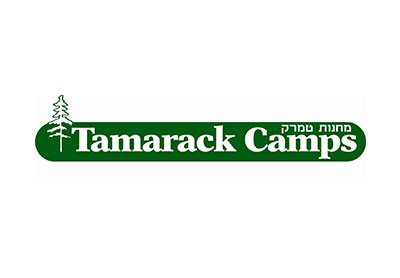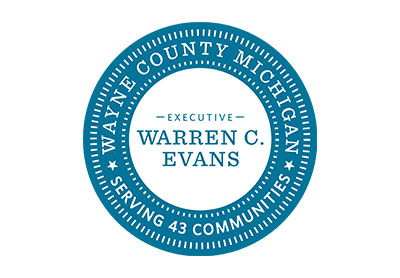When was the last time a brand made you stop and think?
It doesn’t happen often. Brands entertain and affirm, but rarely do they provoke and disrupt. Like Coca-Cola’s “America the Beautiful” ad, the “#LikeAGirl” initiative from Always or Colgate’s “Every Drop Counts” spot. Or Brogan’s Enough SAID campaign for the Michigan Women’s Foundation.
These are prime examples of where brand values meet consumer values smack in the middle of a cultural debate. If done well, it’s also where marketing investments meet optimum return, according to research released last week by CEB Iconoculture at 2016 Iconosphere.
First, a little background. CEB wished to learn which component in today’s marketing mix was most critical to overall success. This at a time when consumers are hit with some 9,000 advertising messages daily across numerous touch points. Skeptical consumers. Savvy consumers. Consumers whose attention spans have dropped below that of a goldfish. Literally.
They heard from more than 60 brands across more than 15 industries. Unilever, Purina, BP, Home Depot and Bank of America were in the mix. Brand managers were asked to identify two initiatives that performed well over the last 18 months and one that hit it out of the park. Initiatives were defined as having multiple touch points focused at moving a key marketing objective.
CEB researchers looked at five primary categories when analyzing the results: (1) consumer insight, (2) creative execution, (3) media mix choices, (4) planning characteristics, and (5) activation partners. They dug deep to determine which specific component was key to success.
Now that’s a spicy societal debate.
Was it an insight that connected the brand to a spicy societal debate, like global warming or equal pay? Maybe it was a creative execution that made consumers giggle with ironic recognition. Or it could have been the media strategy, a judicious balance between traditional and digital channels perhaps. Maybe it was a thoughtful news jack or clever celebrity advocate.
CEB then dumped all of this data and sorted it to determine the good-to-great gap—the number of variables in each category with a statistically significant difference in mean score across good versus great initiatives (at a 95 percent confidence level). In other words, those components that had the biggest role in determining overall success were deemed great and others good.
Any guesses?
In this first phase, consumer insight and creative execution scored highest or great. I suspect these elements are not mutually exclusive. Aha moments and big ideas go together like peanut butter and jelly. The marriage almost always leads to great work—but not necessarily great ROI.
So researchers dug deeper still to uncover the nature of the core idea. What was the focus of the consumer message? Maybe features and benefits. What kind of personality did it have? Perhaps it was the agreeable sort or the mushy type. How did they ultimately connect with consumers who can spare no more than eight seconds before losing interest?
Options were grouped into four characteristics: product focused (features and benefits), entertaining/emotional (made you laugh/cry), affirming (“yep, that’s totally me”) and disruptive (“I never thought of it that way”).
So, what is it?
Disruptive won by a long shot. Those initiatives that proved disruptive—challenging a cultural norm, provoking influencers, advancing a societal debate and linked to a key brand differentiator—were 32 percent more likely to be high-performing. Affirming messages boosted the odds of success by 7 percent.
Ha! Made you think.
CEB’s Brent Adamson explained the power of cultural disruption this way. When predicated by a shared value—like equality or patriotism—disruptive messages provoke thought and active processing. The things that make you go hmm. The message swirls around your gray matter, poking at memories and checking your behaviors. Soon you’re socializing your thoughts about it, chatting with your spouse and sharing on your favorite channels. This is powerful stuff. The stuff increased brand recognition and sales are made of.
To illustrate the point, Adamson’s team dissected the “Always #LikeAGirl” initiative for the four key elements of a culturally disruptive idea. Here’s what they found.
1. It challenges a cultural norm by using the phrase “like a girl” derogatorily.
2. It surprises influencers. The campaign ignited lively discussion among experts and parents alike.
3. It advances a societal debate about gender equality and girls’ self-esteem. The video had more than 58 million views at the time of this post.
4. It links to a key brand differentiator. Always thinks of its products as a means of empowering girls and women, rather than maxi pads and pantiliners.
To get the best results, it’s important that campaign strategies include these key components. It needs to fire on all four cylinders. Otherwise you’re left with a campaign that might confuse rather than compel. Not the “hmm” you were looking for.
Starbucks in 2015 pulled the plug on its “Race Together” initiative one week after baristas started scrawling the message on millions of tall, grande and venti drinks. The idea was to facilitate face-to-face discussions about race in America. Instead, it just left customers feeling awkward and speechless. In a Washington Post story, a D.C. barista said she wrote the message on hundreds of cups but no one said a peep about it.
Why did Starbucks fail when Always flourished? “Race Together” didn’t do much to advance the societal debate around race in America, nor did it link persuasively to a key brand differentiator. While more than 40 percent of the coffee retailer’s workforce is racially diverse, its leadership is mostly flat white.
This cultural disruption business is tricky, no doubt. But it is absolutely worth the exercise. What do you think?







